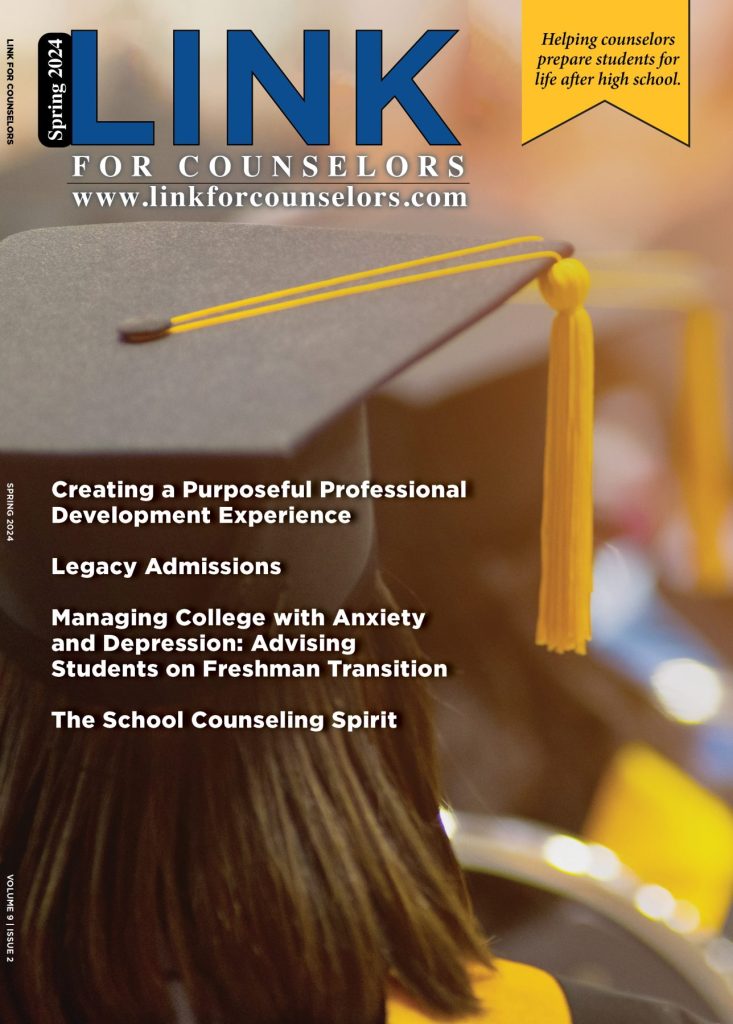Taking the SAT (including the essay test) costs $57, but if your student registers late, needs to send extra score reports to schools, or wants to have their score verified, they will pay even more. ACT fees are similar. Each Advanced Placement exam costs $93, though if your student earns a high score they may be able to save some money on tuition, or at least bypass some introductory courses. Financially strapped applicants can request a waiver if they can’t afford application or test fees.Hidden Fees – Colleges like to show off their swank amenities in admissions brochures, but what they may not highlight is how much it’s going to cost to use that state-of-the-art fitness center with a rock climbing wall. In addition to tuition, room, and board, expect to be hit with fees for the fitness center, health insurance, and everything in between. Often, the fees aren’t optional. The extra expenses don’t stop once that degree is in hand either. They should expect to shell out more if they need copies of their transcripts for graduate school applications.
Greek Life – A fraternity or sorority may provide a ready-made social network, but it comes at a price. Annual dues, fines for infractions (like skipping a required meeting), fees for social events, and regular purchases of T-shirts and other paraphernalia can cost hundreds or even thousands of dollars per year.
Transportation – When calculating college costs, parents and students may neglect one big item: the cost of transportation. Students who attend an out-of-state school may spend a thousand dollars or more every year on round-trip flights between home and campus. Even students who attend a campus just a few hours away may spend a few hundred dollars per year on gas for weekend trips home. And then there are late-night Uber rides, campus parking fees, and student bus passes. And while it’s hardly mandatory, living it up in Mexico for a week during spring break is another cost parents and students may forget to budget for.
Supplies and Lab Fees – Depending on their major, students might have to shell out extra money every semester for lab fees and instructional materials. At some schools, these fees amount to hundreds of extra dollars per course. Biology and chemistry majors aren’t the only ones who have to pay up. Students in art classes may be charged studio fees as well, plus the cost of supplies, while music or performing arts majors might have to pay for practice room time.
Study Abroad – Studying abroad isn’t just an excuse to party in another country. Students who spend a semester or more immersed in another culture are more likely to find jobs after graduation and earn higher salaries, studies have found. For many, the experience is life changing. It’s also expensive. Passport and visa fees, flights abroad, and travel within the country where you’re studying all add up. You can expect to spend an extra $10,000 for a semester abroad, according to the Washington Post. Students should also pay attention to whether their credits from international study will transfer, Fox Business noted; if not, they could end up spending an extra semester at their home campus and thousands more dollars to graduate.
Internships – College students who completed a paid internship were more likely to find a job and earned higher salaries than those who didn’t intern, a Georgetown University study found. Expect to pay good money to gain valuable real-world work experience, though. Even if a student lands a paid summer internship, their modest salary may not be enough to cover their living expenses, especially in a big city. For-credit internships also come with a price tag, since you’ll pay your school for the privilege of working for a third party, often for free, according to Money.
The high cost of interning puts poorer students at a disadvantage, so some schools offer grants for those who can’t afford to take on unpaid internships. Part-time jobs, budgeting hacks (like never passing on the free food in the break room), and even taking out a little more in student loans can also help cover the cost of a internship.
Great tips! Here is a link to the article on Cheatsheet.com – https://www.cheatsheet.com/money-career/surprising-college-costs-no-one-thinks-to-budget-for.html/?a=viewall




